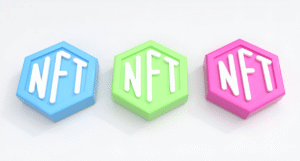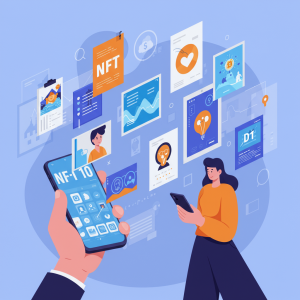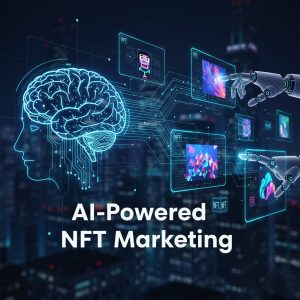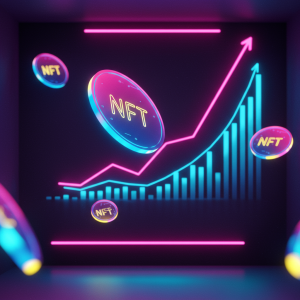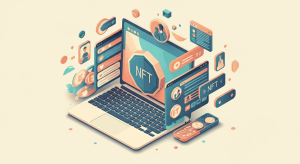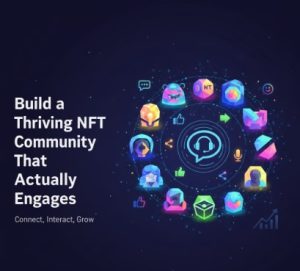What Is an NFT Restaurant? The Convergence of Blockchain and Dining
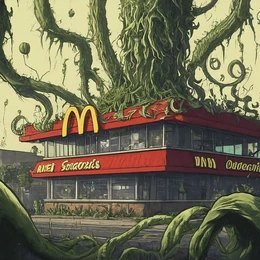
The restaurant industry has always embraced innovation to enhance customer experiences. From online reservations to mobile ordering, technology continues to transform how we dine. Now, a new concept has emerged at the intersection of blockchain technology and culinary arts: the NFT restaurant. This novel business model is reimagining restaurant ownership, access, and experiences through digital assets.
Understanding NFT Restaurants
An NFT restaurant incorporates non-fungible tokens (NFTs) into its business model, using blockchain technology to offer unique dining experiences, exclusive memberships, or even fractional ownership. Unlike traditional restaurants that operate solely through conventional reservation systems and payment methods, NFT restaurants integrate digital tokens as keys to unlock various aspects of the dining experience.
The core concept hinges on the unique properties of NFTs—digital assets verified using blockchain technology that represent ownership of something exclusive and cannot be replicated or substituted. When applied to restaurants, these tokens create new possibilities for engagement between establishments and their patrons.
How NFT Restaurants Work
Most NFT restaurants operate using one of several models, each leveraging blockchain technology differently.
The membership model uses NFTs as digital access passes. Holders gain exclusive privileges such as priority reservations, special menu items, private dining rooms, or invitations to special events. The NFT essentially functions as a next-generation membership card that cannot be counterfeited and can be transferred or sold to others.
Some establishments have experimented with investment models where NFT ownership represents partial ownership in the restaurant itself. These tokens might entitle holders to a share of profits, voting rights on menu items, or input on business decisions. This effectively democratizes restaurant investment beyond traditional investors.
Other restaurants use NFTs for exclusive experiences, offering token holders one-time or recurring access to chef’s tables, cooking classes, wine tastings, or behind-the-scenes kitchen tours that aren’t available to the general public.
Pioneering Examples
Flyfish Club in New York City represents one of the most high-profile NFT restaurant ventures. Founded by Gary Vaynerchuk and restaurateur David Rodolitz, it operates as a private dining club where membership comes exclusively through purchasing their NFTs. These tokens grant access to the restaurant and its seafood-focused dining experiences.
Another notable example is Chotto Matte, a Nikkei cuisine restaurant that launched NFTs offering lifetime access to its restaurants across London, Miami, Toronto, and other locations. Token holders receive permanent VIP status and special benefits at any restaurant location.
The Dinner Dao concept takes a different approach. These decentralized autonomous organizations use NFTs to create collective ownership of pop-up dining experiences or even permanent restaurants. Members vote on everything from menu development to location selection.
Benefits of the NFT Restaurant Model
For restaurant owners, NFT implementation offers several advantages. The initial NFT sales can generate significant upfront capital without taking on debt or giving away traditional equity. This funding model allows restaurants to finance development, construction, or expansion with money already in hand.
Customer loyalty takes on new dimensions when patrons have a financial stake in a restaurant’s success. NFT holders become brand ambassadors with incentives to promote the establishment within their networks.
The model creates predictable revenue streams as restaurants know exactly who their core customers are and can plan inventory, staffing, and special events accordingly. This reduces the uncertainty that plagues many traditional restaurants.
For diners and investors, NFT restaurants offer unique opportunities as well. Beyond exclusive dining experiences, NFT holders may benefit from token appreciation if the restaurant becomes successful and demand for membership increases. The tokens themselves can be sold on secondary markets, potentially at a profit if the restaurant’s reputation grows.
The transparent nature of blockchain technology ensures that privileges associated with NFTs remain immutable and verifiable. Ownership rights are clear and cannot be revoked arbitrarily, unlike traditional membership programs.
Challenges and Considerations
Despite their innovation, NFT restaurants face significant hurdles. Regulatory uncertainty surrounds tokens that might be considered securities, particularly those offering profit-sharing arrangements. Restaurants must navigate complex legal frameworks that weren’t designed with blockchain technology in mind.
The technology barrier poses another challenge, as many potential customers remain unfamiliar with cryptocurrency wallets, NFT marketplaces, or blockchain concepts. This limits the potential customer base to tech-savvy individuals.
Market volatility affects NFT valuations directly, creating potential issues for both restaurants and token holders if prices fluctuate dramatically. A restaurant might launch NFTs at what seems like a fair price, only to see values plummet or soar unpredictably.
Traditional hospitality values sometimes clash with the exclusivity inherent in many NFT restaurant models. Critics argue that these establishments create unnecessary barriers to dining experiences that should be more accessible.
The Future of NFT Restaurants
As the concept evolves, we’re likely to see more hybrid models that incorporate NFTs while maintaining some traditional operations. Many establishments may reserve a portion of their capacity for NFT holders while keeping the remainder available to the public.
Integration with metaverse platforms presents exciting possibilities, allowing restaurants to extend their brand into virtual realms. Virtual dining experiences might complement physical ones, with NFTs bridging both worlds.
Smart contract capabilities will likely become more sophisticated, potentially enabling automatic profit distributions, dynamic membership benefits based on patronage levels, or cross-promotional opportunities with other businesses in the hospitality sector.
Conclusion
NFT restaurants represent a fascinating experiment in applying blockchain technology to one of humanity’s oldest industries. While still in their infancy, these ventures demonstrate how digital innovation can transform even the most physical of experiences—sharing a meal.
Whether this model becomes a niche curiosity or signals a broader transformation of the restaurant industry remains to be seen. What’s certain is that the intersection of culinary arts and blockchain technology has created a unique space for experimentation that challenges our understanding of restaurant ownership, access, and community.
For entrepreneurs, chefs, and diners interested in the cutting edge of both technology and gastronomy, NFT restaurants offer a glimpse into potential futures where our digital and physical experiences converge at the dinner table. For more insights into the evolving NFT landscape, visit NFT Marketo for comprehensive resources and market analysis. [INBOUND LINK]
The future of dining may well be tokenized, with blockchain technology continuing to reshape how we experience and interact with restaurants in increasingly innovative ways.


